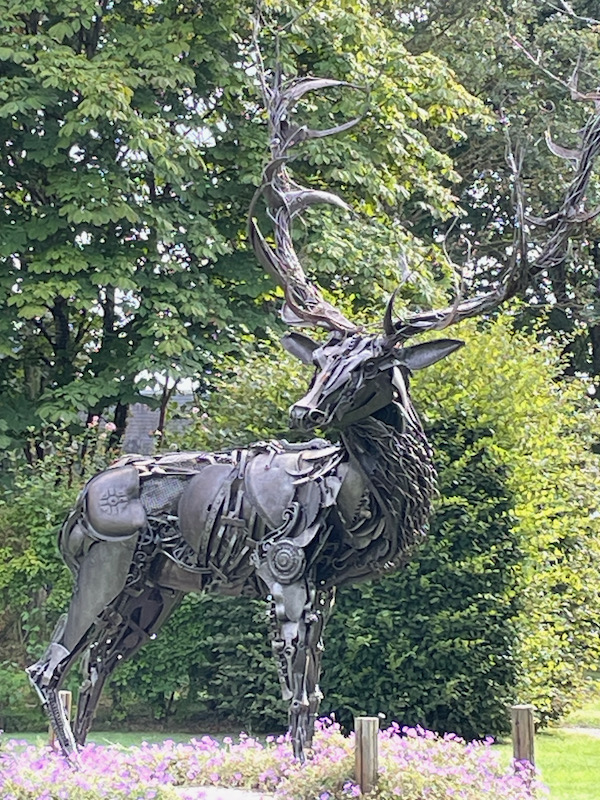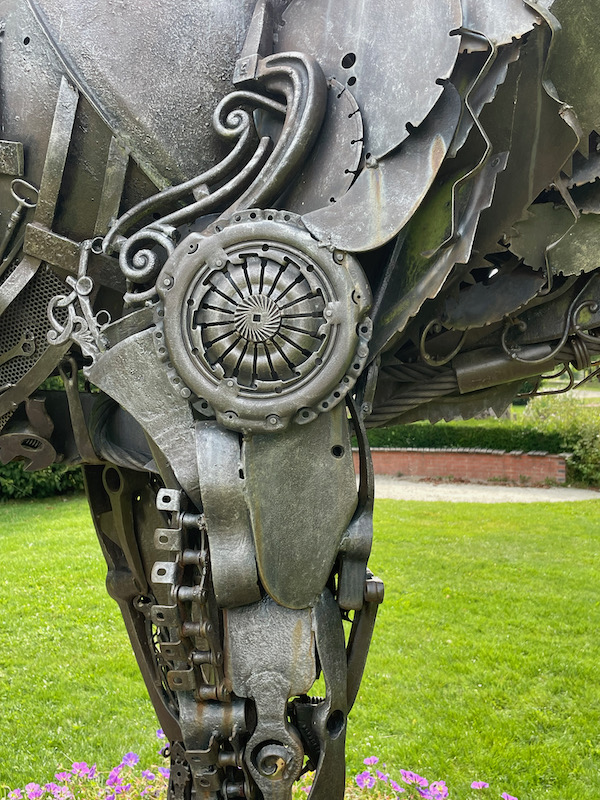Our Blog - Normandy 2023 - Château de Beaumesnil, France
Quite close to our gîte was the Château de Beaumesnil, which dates back to 1633 although there has been an estate here as far back as 911 (the date of the Treaty of Saint-Clair-sur-Epte). It went through a set of around 15 different families since the 11th century. This includes a wealthy heiress of American origin (from 1927-1937) and then finally to the Fürstenberg family who created a foundation to own/manage it after their deaths. It was restored in the 19th and 20th centuries and now houses a bookbinding museum. It is one of the chateaus that allow Lucy in a backpack inside!
The chateau is very much in a Renaissance style and built using brick and stone. Brick was inexpensive and produced in large quantities but also came with quite a few manufacturing defects so it was common to reinforce with stone. What I find relatively funny is that it seems to have a moat, which at that time was unnecessary for defensive purposes.
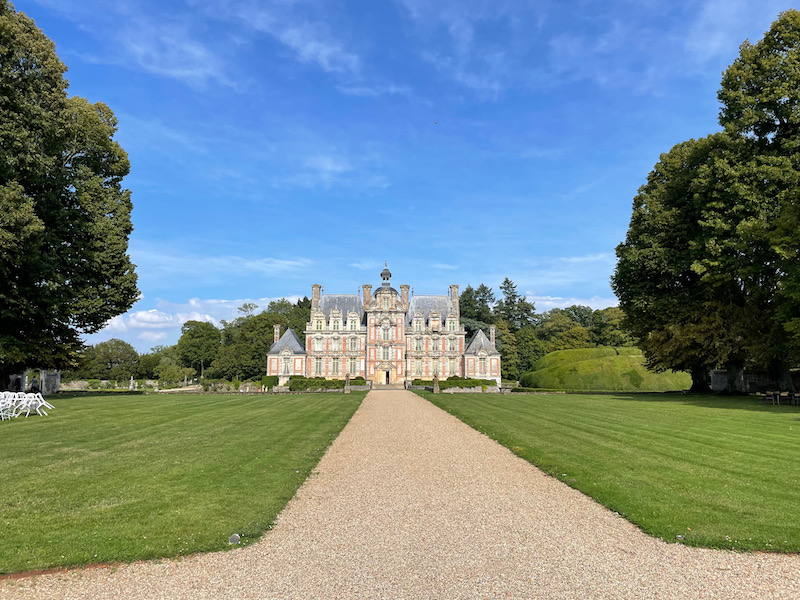
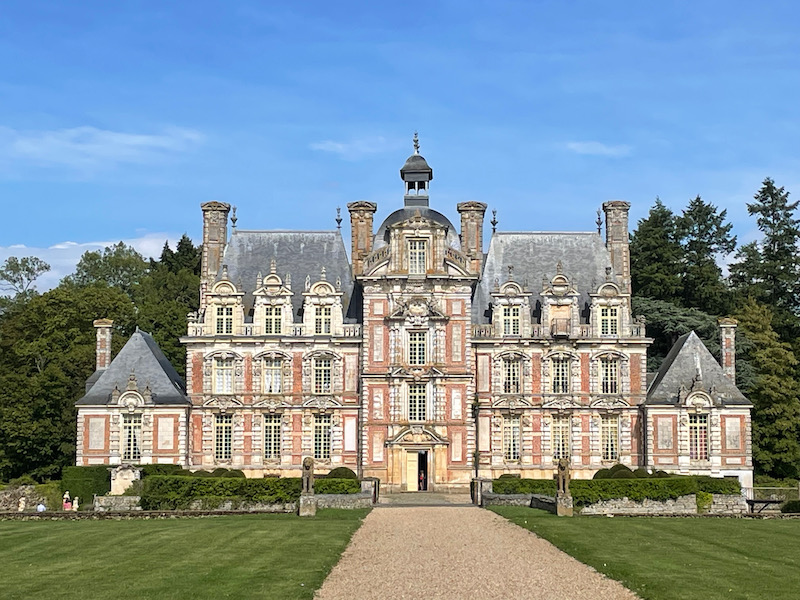
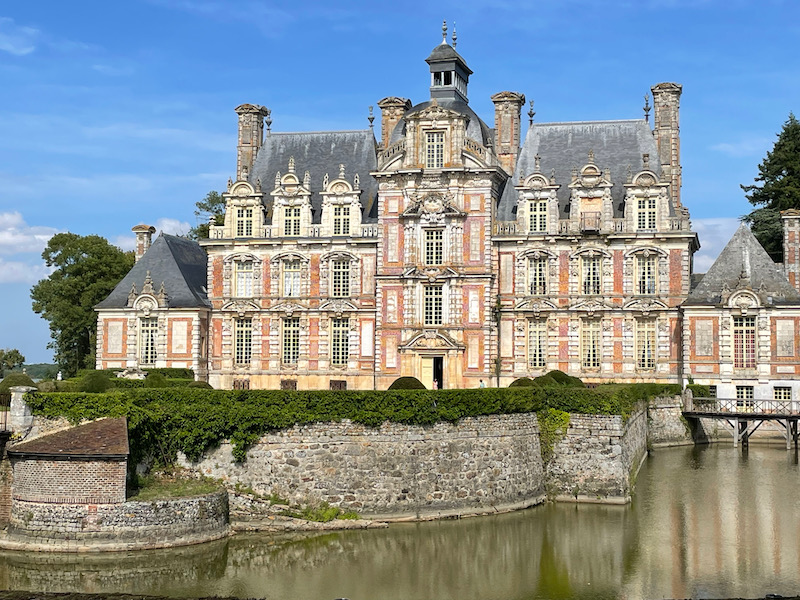
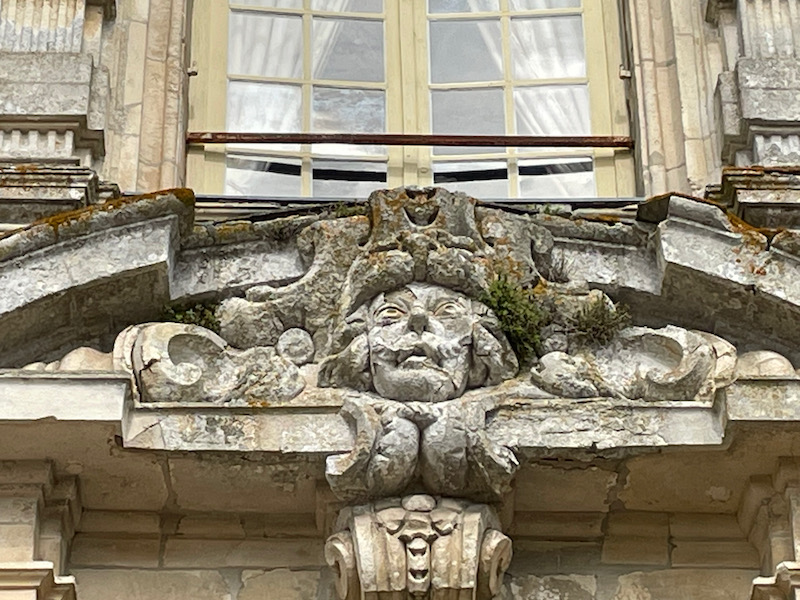
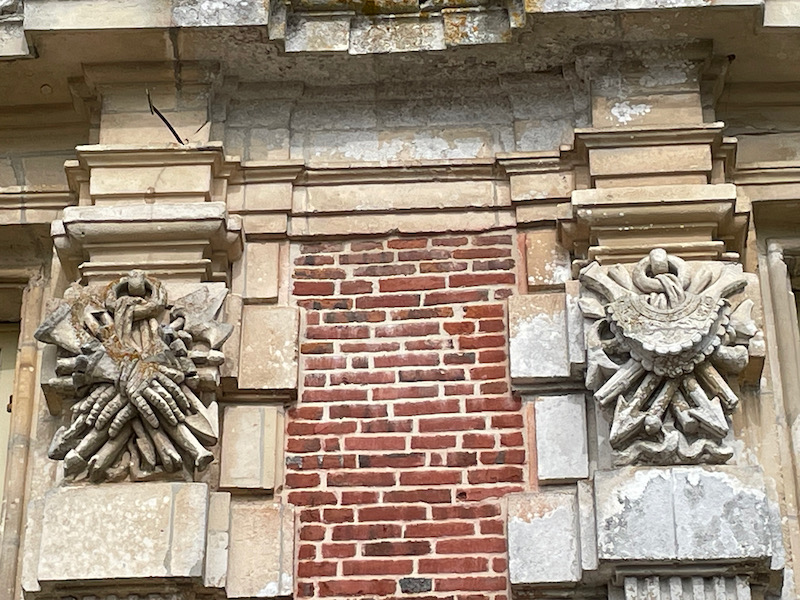
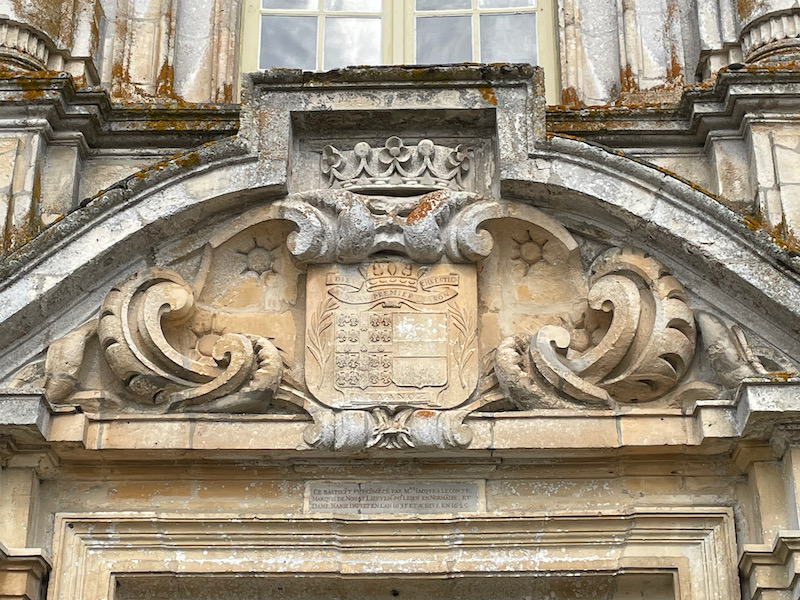
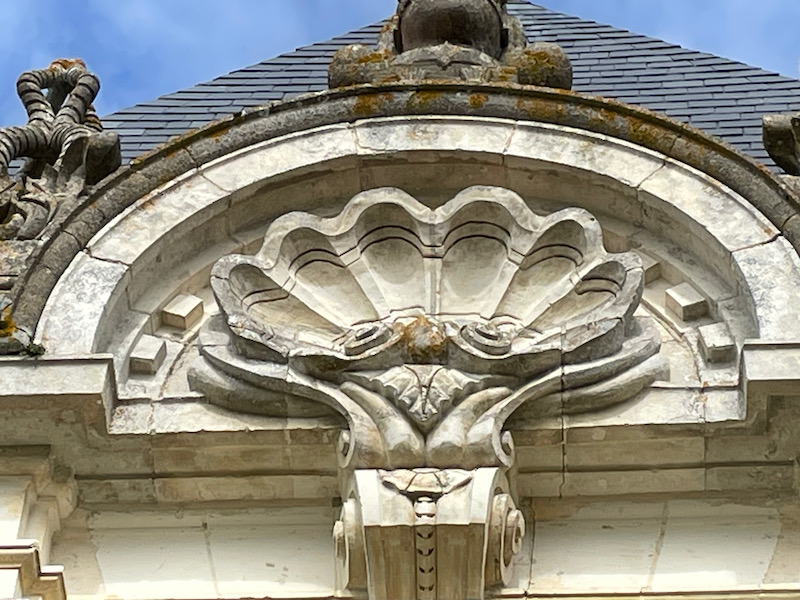
The main path up to the castle is well-guarded by lions.
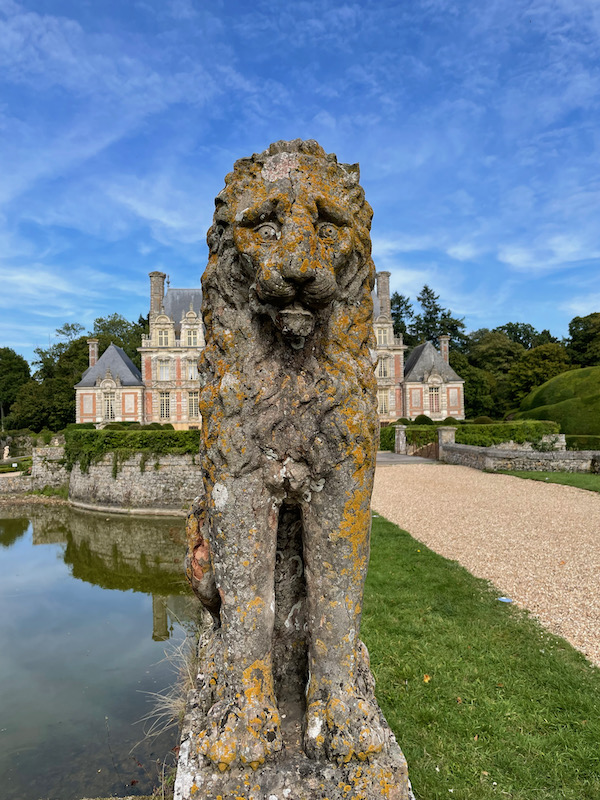
The Grand Salon has hardwood floors and lots of carved wood panelling on the walls.
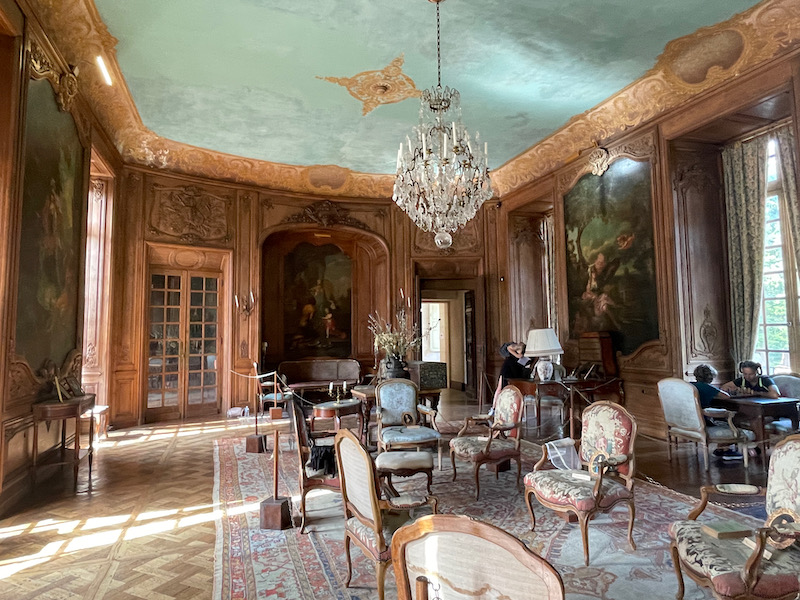
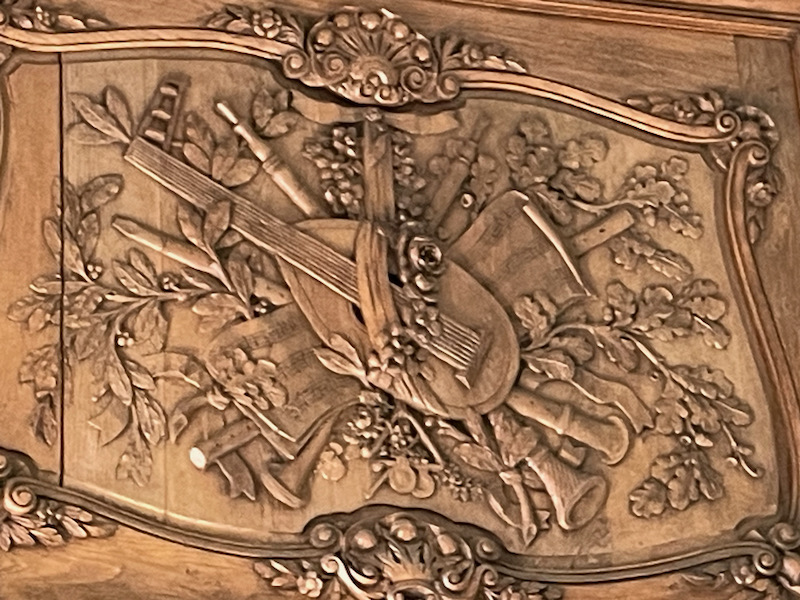
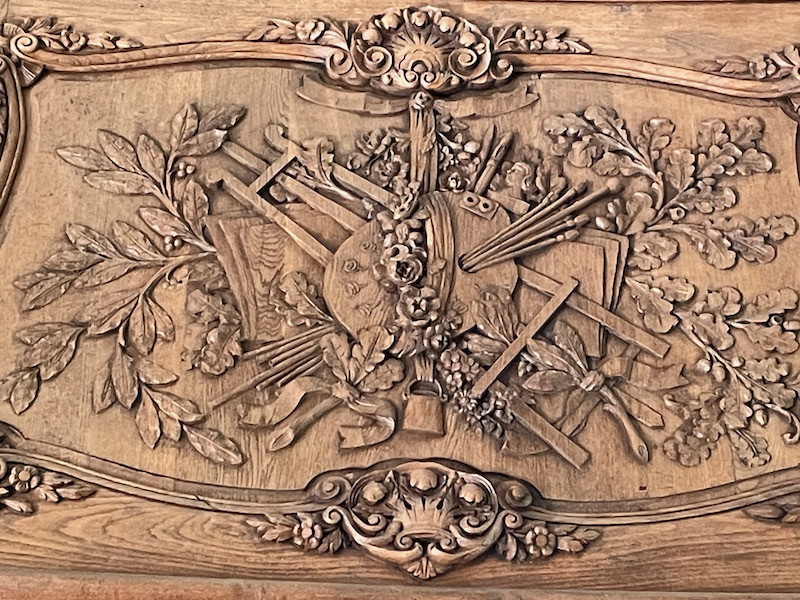
The large dining room has a tiled floor and beamed ceiling, with a large fireplace (added in the 19th century) at one end. The walls were not originally covered with fabric because there was an old "rule" that no fabric should be hung on the walls because of the risk of odors remaining in the fabrics.
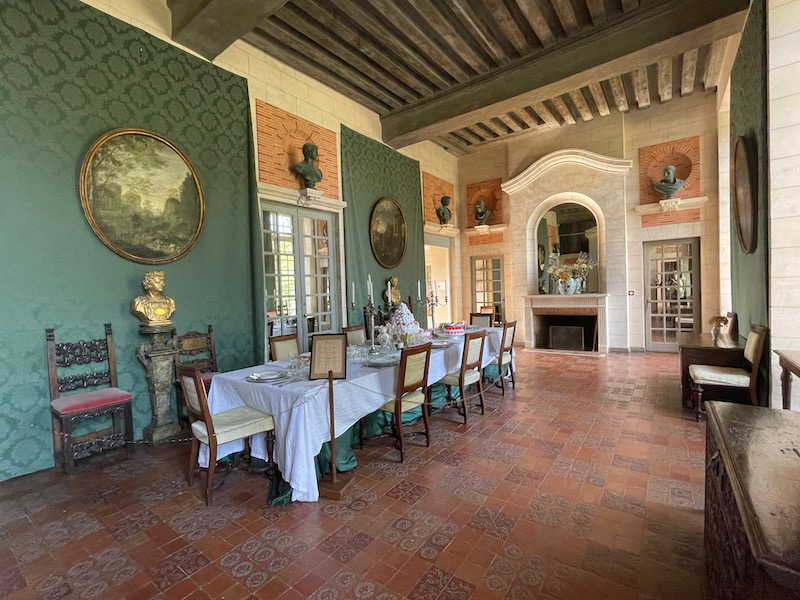
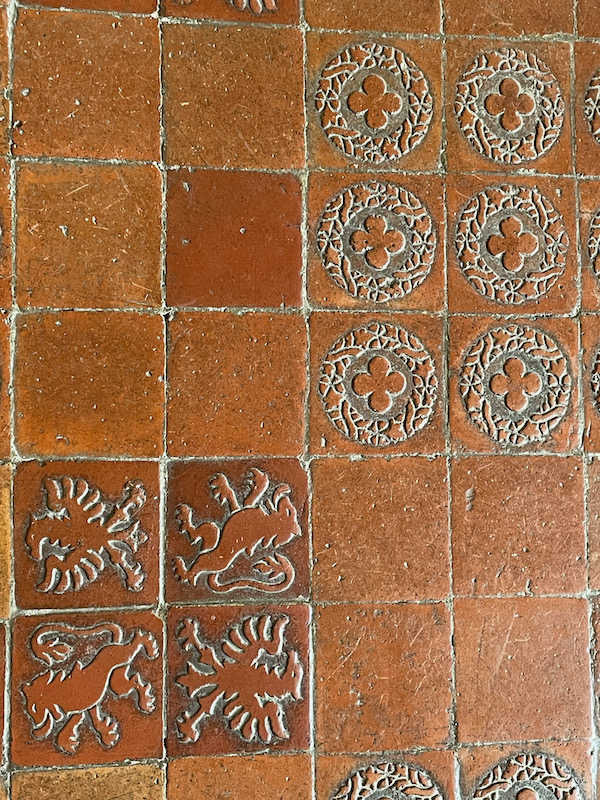
There was also a small game room and bedroom that we were able to visit.
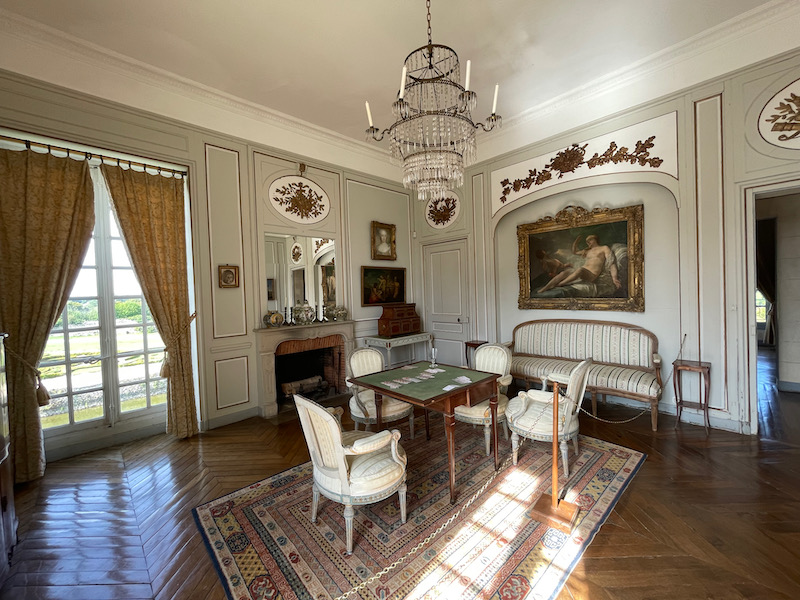
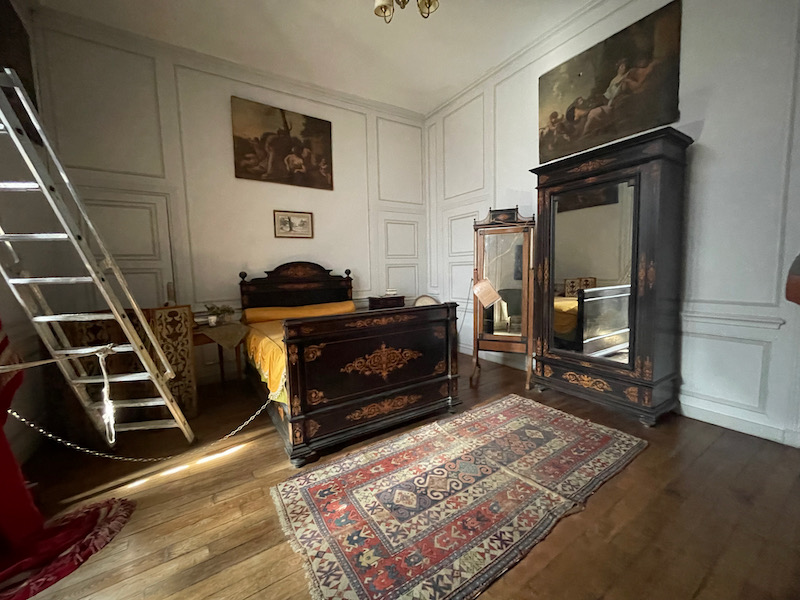
As we headed to the library, there was some information on the last owners, the Fürstenberg family (not any relation to the fashion design Diane von Fürstenberg that I could find). He was a banker from a family of Germany bankers who built up a large book collection. Being Jewish, he decided to leave Germany (with his book collection), buying the chateau and moving here in 1938. He was persecuted by the Gestapo in France, fled to Switzerland in 1940 and thus escaped the Holocaust. He returned to Beaumesnil in 1945 where he and his wife Eugenia restored the chateau. They didn't have any children and so they created the Fürstenberg-Beaumesnil Foundation to continue the upkeep of the estate and the museum after they died in 1982.
That leads us to the library, where there is a painting representing Marie de Medici. The red floor tiles feature 4 different emblems of the family (the eagle, the lion, the four-leaf clover in the middle of a laurel branch and the Crusader cross).
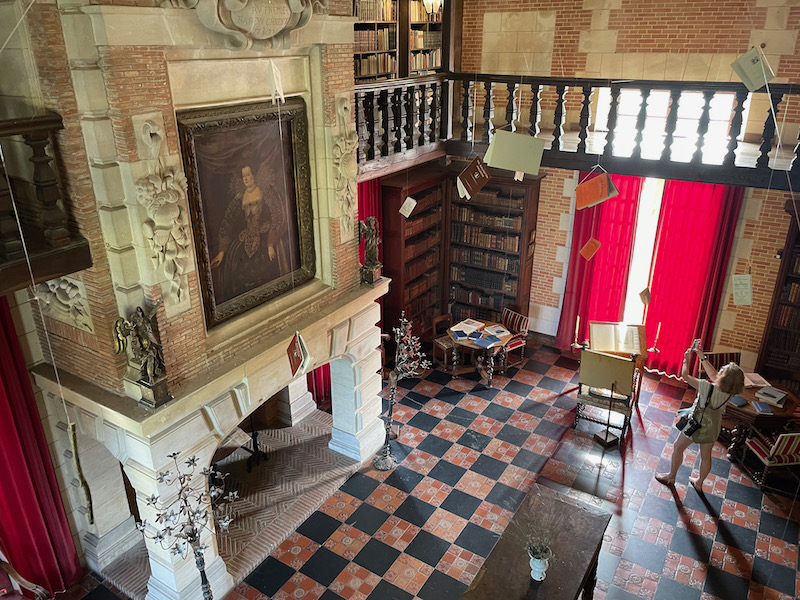
We are back on the ground floor, which you can tell because of the much lower ceilings. There is a large kitchen with a huge fireplace. There were also a couple dining rooms for the staff of the house (obviously separate from the owners and their guests). Copper pans were very common during that timeframe it would seem, based on a few of the chateaus that we toured.

There are lots of different gardens, but we didn't do too much walking around the grounds.
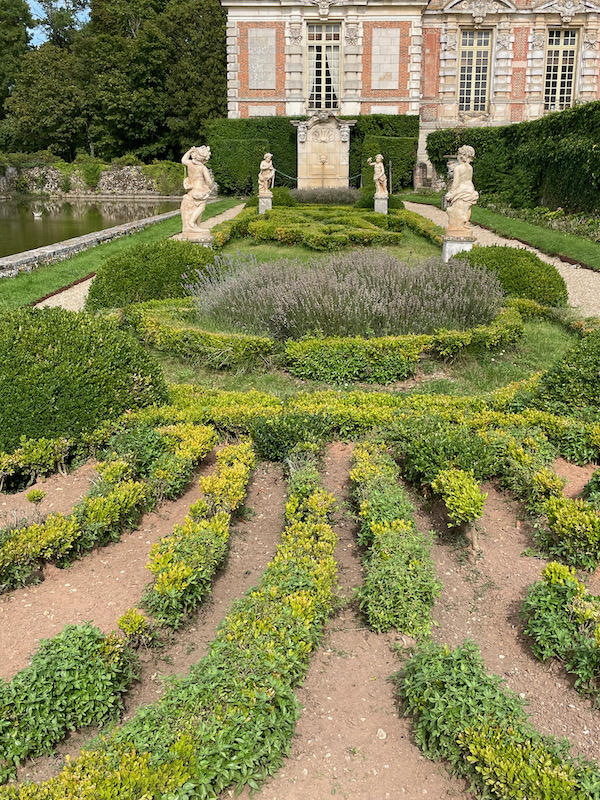
This was not actually on the property of the chateau but just across the street near where we parked. It is a large elk (maybe?) that the artist created using spare pieces of metal.
